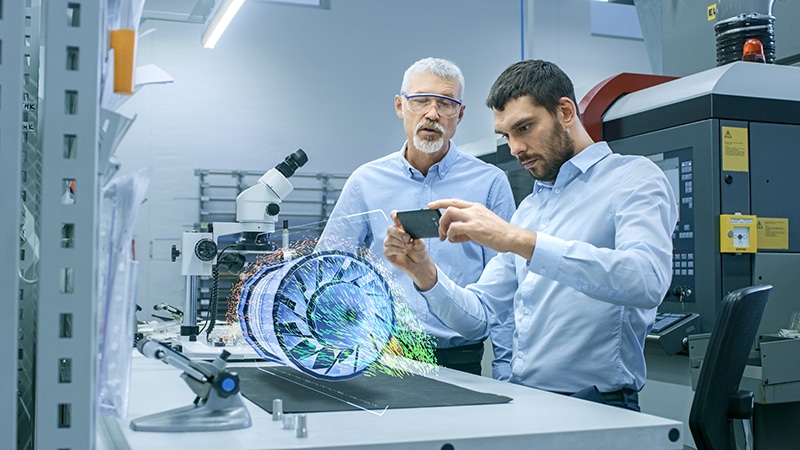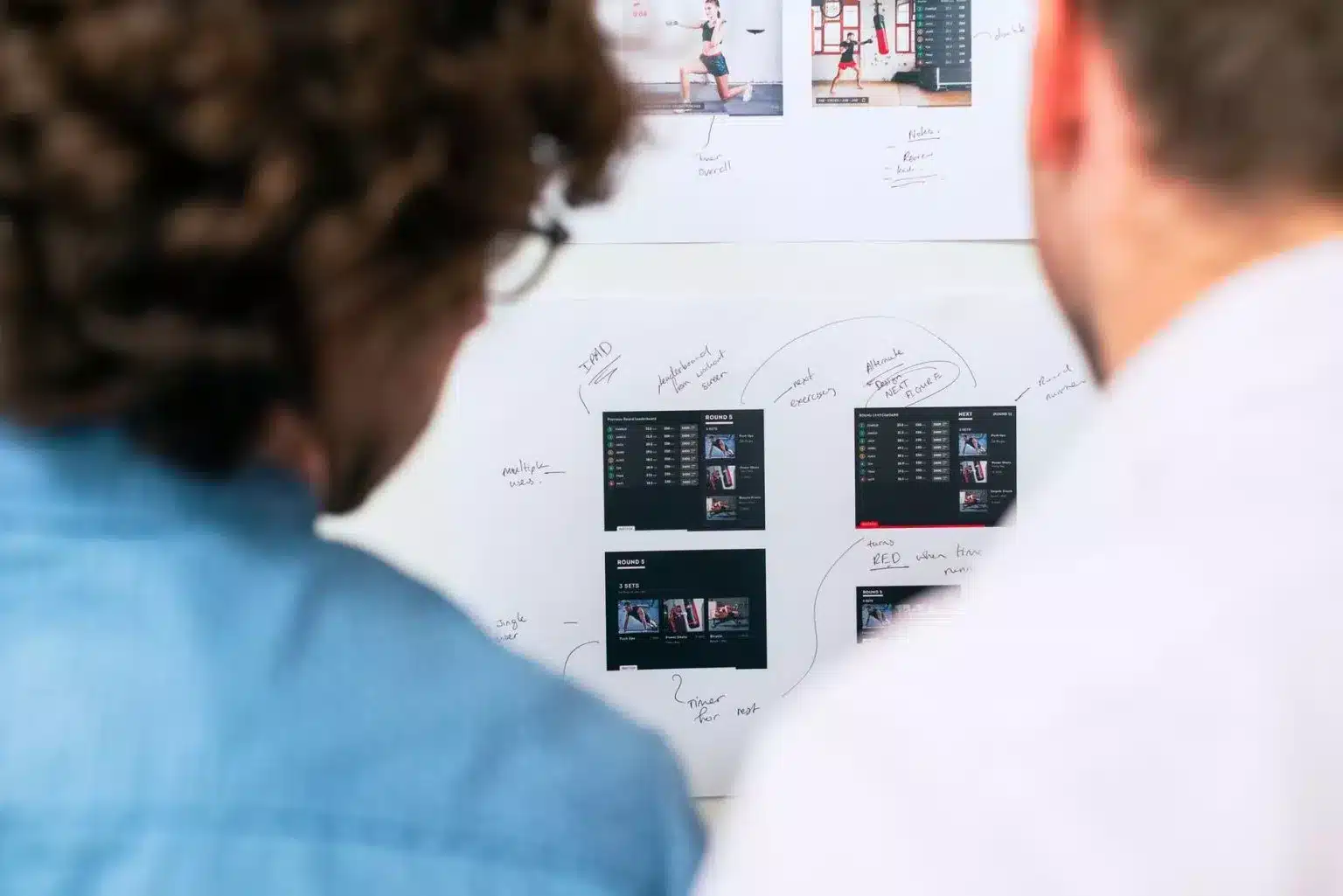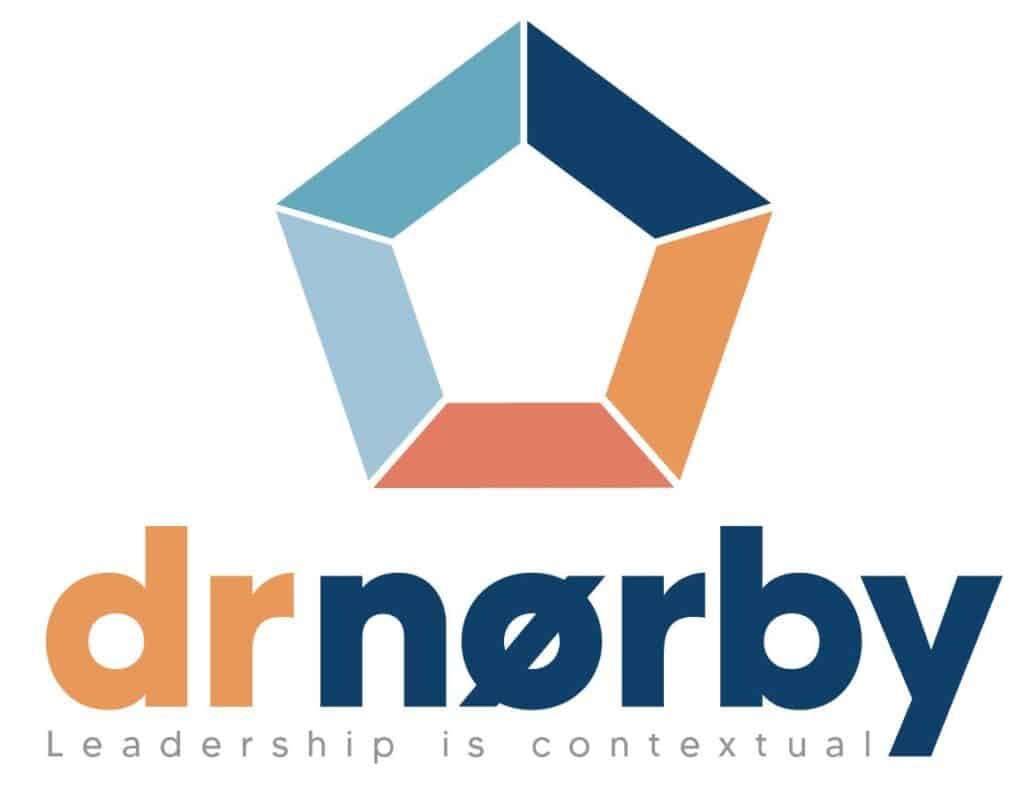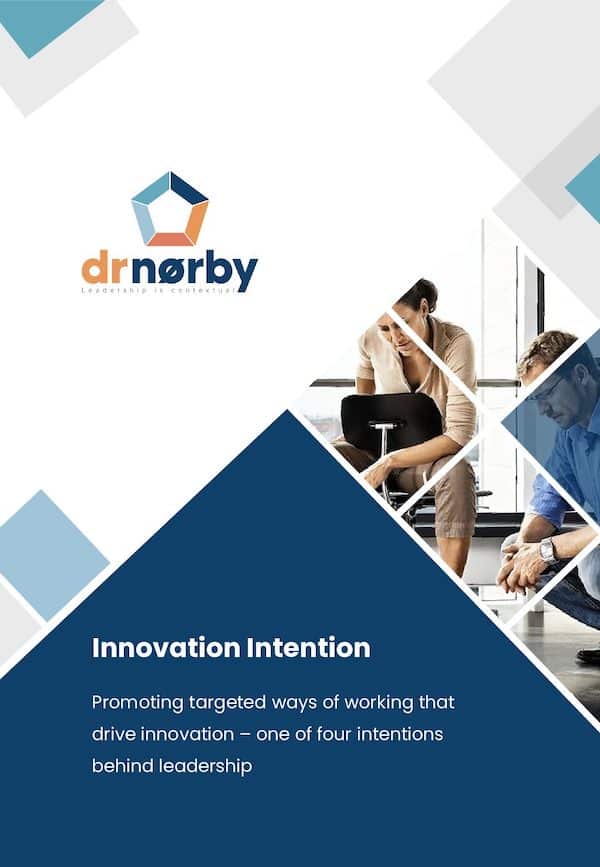One of the four main intentions for organisations can be to promote innovation, change and adaptive performance – in other words, growing or developing their business by disrupting, rethinking and significantly changing existing operations.
Where there is a focus on innovation, leaders will want their teams to adapt and deliver change. They will need to explore new business models and leverage new competencies, technologies and ways of working. The other intentions leaders must also understand to lead effectively are fulfilling purpose, pursuing efficiency and building human capital quality to drive performance.
Ninety-three per cent of the leadership experts in my global leadership context study agreed that the intention to pursue innovation influences the choice of leadership behaviour. They also confirmed in their comments that innovation demands a different range of leader behaviours than the pursuit of efficiency and stability. Awareness of which intention is prioritised in which areas is vital as leader behaviour promoting innovation can exercise hindering effects upon efficiency and vice-versa.
In this blog, I’m focusing on leading when the intention is for innovation, change and adaptive performance.

The first step is understanding the intention to innovate in balance with the other intentions
Leaders must understand which leadership practices to invest their energy in. This prioritisation should be determined by the organisational intentions first and foremost, closely followed by the leadership needs of the people. A part of effective contextual leadership for leaders is verifying the balance between the four intentions for their area, ensuring you invest enough energy in realising the organisational aims and intentions.
The intention to innovate can be driven from the outside or inside. Innovation and change can be required because of trends and events in the external environment and the opportunities and challenges they bring. Research and development can also create new generations of products and services or deliver novel ways of utilising new technology, substances, composites, ingredients, methods or processes.
Innovation concerns building a foundation for future business beyond what we currently do. To disrupt, rethink and significantly change existing operations. This entails promoting adaptive performance, exploring new ways of working and creating new solutions through experimentation. It is leveraging new competencies, technologies and working methods to create new value.
What leadership and team behaviours are needed?
Innovation and change are closely related. Innovation and adaptation require leaders and teams to change their established ways of working and any attitudes of ‘this is the way we do things around here’. Many established operating routines and habits drive stability, which is a crucial value driver when pursuing efficiency. Stability also creates path dependence which can challenge innovation, because innovation usually requires finding new ways of getting different results. Leaders must understand whether the intention in the leadership context aligns with existing structures, people and cultures or whether a change is needed.
The four factors that should be shaped to promote innovation are:
- Expertise – innovation needs deep insight into the ins and outs of what you are trying to do. Innovation isn’t possible without the necessary insight.
- The innovation culture – the behaviours, habits, attitudes and beliefs when it comes to rethinking, disrupting, experimenting and adopting novel approaches.
- The empowerment to experiment – giving people the mandate to learn through trial-and-error processes to fail forward as a natural part of progressing the business.
- Resource allocation – innovation requires time and attention from the people developing novel approaches as well as from the leader. It sometimes entails you carving time and attention out of the running operation, which can be difficult, highlighting the importance of leadership in making innovation come to fruition.
Some pros and cons of focusing on innovation
- Change and innovation deliver new value. Organisations engage in innovation and change to improve their business. Often the endeavours deliver tangible value increase from new products, services, ways of operating or organising and step changes in efficiency levels. These benefits come with effects for the people involved.
- Teams involved in innovation can benefit from greater engagement and empowerment, with a culture that fosters an open, non-guarded exchange of perspectives and high levels of psychological safety. Psychological safety means individuals can rest assured that mistakes, questions, challenging assumptions and expressing doubt will be met with a constructive response from their leader and colleagues. Being part of the decision-making during a change and innovation process is critical in releasing such positive benefits.
- However, teams may also worry about high change rates and meeting adaptive demands. This is especially the case when change imposed upon them triggers concerns about losing expert status, predictability, earned privileges, career opportunities or good colleagues. The fear of such losses triggers worries and sometimes resistance to change. They may also worry about whether they are able to deliver on the new ways of working after the changes have been made and if they will experience less freedom to organise their everyday activities. Not all innovation entails change, and not all change entails innovation. However, both disciplines foster a willingness to unlearn, fail and learn.

Balancing the pros and cons
- Leading to innovate is dedicating attention and effort to the process. It is about you building the skills and practices and planning dedicated activities for teams to come up with new ideas and test whether they are feasible for future business. Innovation should flow from a clear business ambition to explore how opportunities, technologies, materials or problems can be disrupted, re-engineered or put to another use, all in the pursuit of creating new value. Innovation and step change rarely happens by coincidence – it requires hard work and leadership intervention.
- Innovation and change require role modelling. You should encourage experimentation, challenge the status quo and share the learning. It’s vital that you understand which intention is being pursued and help where things are unclear by encouraging experimentation and learning iterations to find the most viable path through any ambiguous conditions. All these actions will involve changing habits, piloting new initiatives and increasing employee learning and development. Everyone involved will need to absorb new knowledge and develop constructive problem-solving and critical thinking rather than reacting emotionally to change.
- The organisational frames should promote adaptive performance. An organisation good at reinventing itself will have sessions dedicated to rethinking, generating ideas, experimenting and learning. It will also have established practices of formalising new knowledge, spreading it to the broader organisation and building upon it. There will be recurring sessions where pressing issues, problems and ideas are discussed by involving all team members to leverage the diversity of thoughts. There will be a willingness to renegotiate assumptions and leave past thinking behind because people are used to engaging in change and development initiatives.

Further advice from the panel of experts – Contextual factors for a leader to shape
The experts in leadership, HR, and academia who took part in my global leadership context research agreed on the following advice for leaders:
- You should drive innovation with a bold mindset of ‘questioning the status quo’ rather than ‘don’t fix what isn’t broken’ or ‘don’t rock the boat’.
- You can improve your team’s adaptive performance by changing the team’s composition and aligning goals and rewards to support experimenting, step changes and adopting novel approaches, methods and ways of working.
- Creating a strong innovation and/or change culture is crucial. In some organisations, you need strong attitudes and habits around innovation. In contrast, other organisations might need a strong change culture with less innovation. The two cultures tap into some of the same reaction patterns and rely on some of the same capabilities in the team, while they are still distinct.
- Maintaining the necessary separation between innovation and efficiency is a vital leadership task. The value drivers underpinning the two intentions are significantly different. There is a risk of disturbing the stability and efficiency or bogging down the change and innovation if the two disciplines are not led differently. It is about understanding and striking the stability-change balance matching the external demands and the internal organisational capacity.
This mini-series contains four blogs on how organisational intentions should guide leadership. The other three blogs look at the intentions to fulfil purpose, pursue efficiency and stability, and build human capital quality.
This blog series is based on my doctoral research studies into the leadership context, involving more than 125 leadership experts. My research identified contextual factors that can significantly help or hinder leadership or organisational performance. It also gave me insight into the contextual dynamics and how to handle these challenges.
My blogs aim to inspire leaders to exercise more effective contextual leadership, and assist companies and consultants in developing better recruitment, leadership and talent programmes. Please get in touch if you have ideas, queries or wish to contribute to promoting insights about context and leadership.



